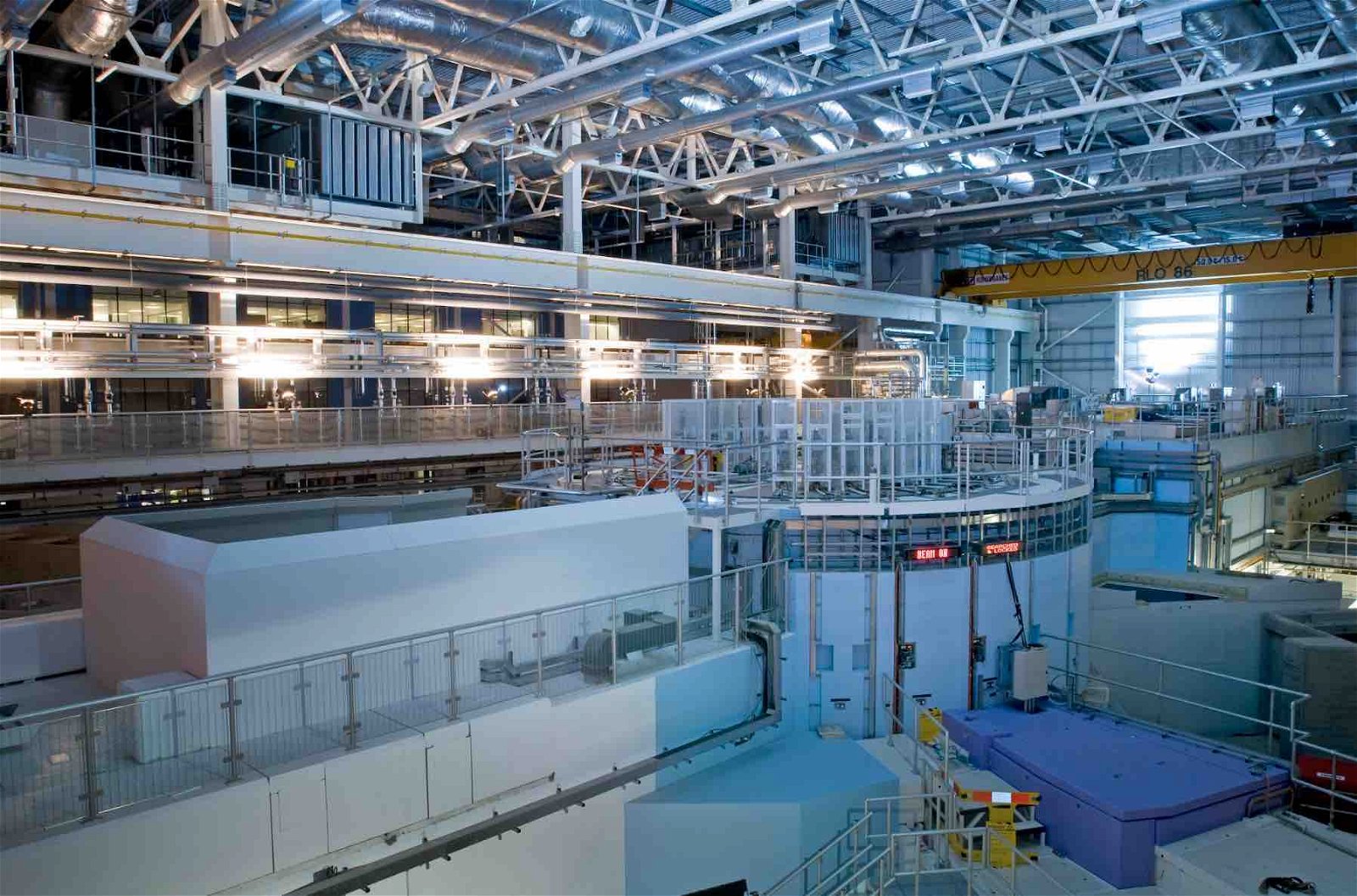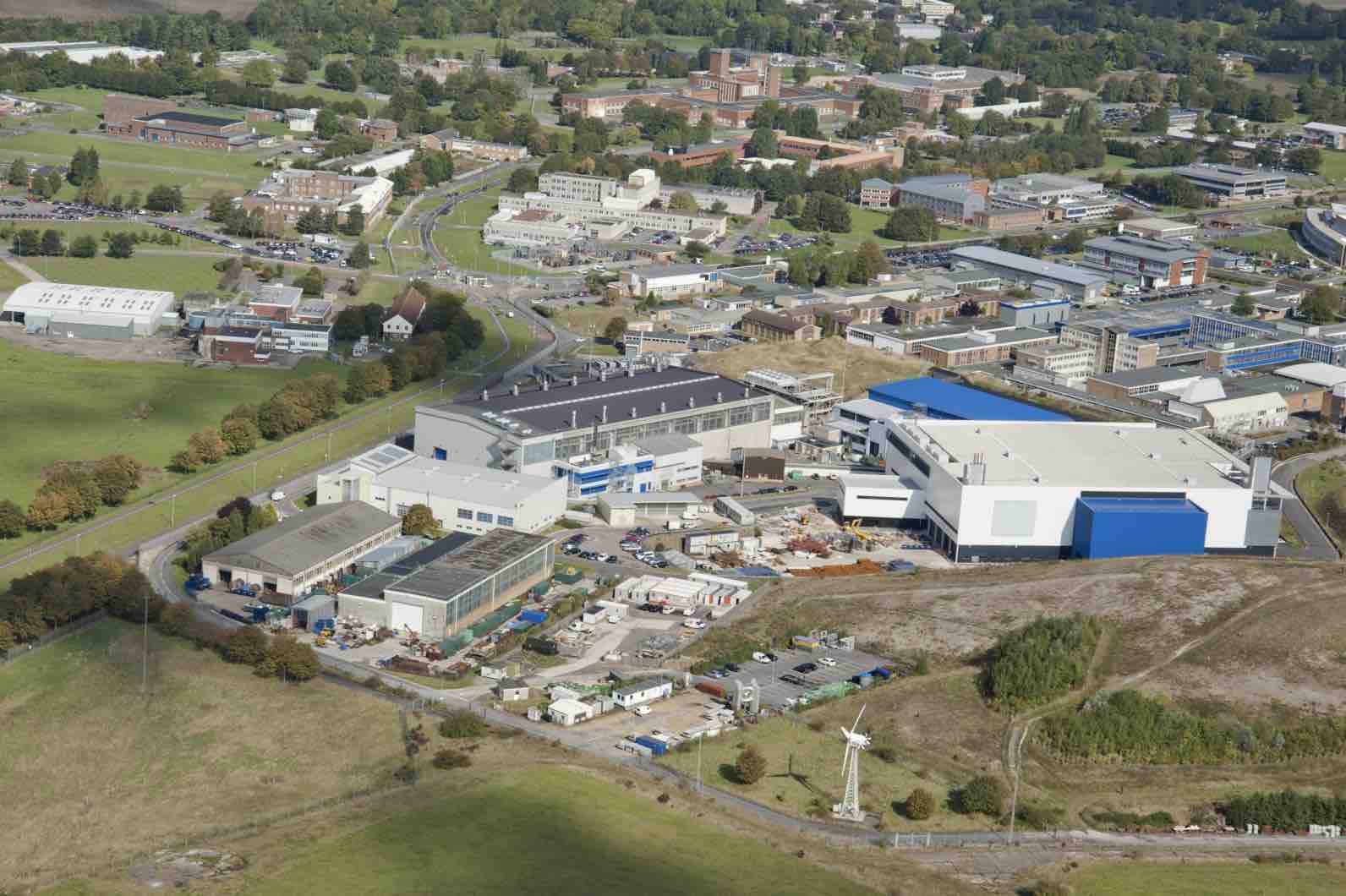It is not an unreasonable view to think of the quantum revolution, in which quantum matter is used for technological applications, as a relatively new idea.
Surprisingly, discussions on the manifestation of quantum behavior in matter–specifically magnetism–date back to ancient Greek philosophers around 600 BCE, who observed that lodestones were attracted to iron. By the 12th century, this surprising observation could be exploited in an application: navigation. This is an early example of the quantum world driving applications in our everyday world.
Move to the present day, and we are witnessing a transformation in our ability to manipulate these quantum materials at the atomic level and engineer their functionalities, propelling significant advancements in fields like energy transport, medical sensing, and information processing.
Quantum matter encompasses materials where electrons interact and give rise to unique and emerging properties governed by the principles of quantum mechanics. These interacting electrons exhibit behaviors that, when harnessed, have the potential for novel applications of direct benefit to society.
Quantum mechanics serves as the theoretical framework which describes the behavior of these materials. The groundwork for quantum mechanics was laid down by some of the foremost figures in theoretical physics during the early 1900s, portraying a world vastly different from our perceived reality, where the atomic world is driven by uncertainties rather than certainty. While grasping this concept might pose challenges, even to the creators of the theory, it has been repeatedly confirmed through experiments with remarkably high precision.
Everyday quantum materials
Where can we find quantum materials in our daily lives? The simple answer is everywhere. The data storage in our laptops, the vibrant displays on our TVs, and the superconducting magnets powering MRI scanners all rely on electrons governed by the principles of quantum mechanics.
For example, Magnetic Resonance Imaging (MRI) machines rely on the quantum properties of a proton, also known as a hydrogen nucleus–more specifically, the spin of the proton. Spin is a quantum mechanical property that we can align in a large magnetic field–somewhat analogous to the compass tracking the earth’s magnetic field. Adding a small amount of additional energy then causes these aligned spins to resonate. Their resonance is sensitive to the magnetic field and the nucleus being excited. Remove the additional energy, and the nuclei relax and emit radio waves. It is these radio waves that are then used to create the familiar MRI images of the hydrogen contained in our bodies.
MRI machines also require strong magnetic fields – several hundred thousand times stronger than the Earth’s magnetic field. Higher fields provide greater detail in the images. Generating this field with conventional metals requires large currents with huge losses of energy due to electrical heating.
Superconductivity is a quantum phenomenon where electrons can travel through a material without any resistance and, therefore, no losses. Superconducting materials are therefore used extensively in MRI scanners to provide the strong fields required with minimal loss. Yet, as of now, they only function at extremely low temperatures, requiring the consumption of large amounts of energy to maintain these cold conditions. If such phenomena could be exploited close to room temperature, these materials would be transformative. For example, power transmission could occur across vast distances without any loss, and high-efficiency power generation and high-speed levitating trains would all be far more routine.


The quantum materials challenge
Many quantum phenomena tend to manifest only at extremely cold temperatures, much colder than any naturally occurring on Earth. As a result, transferring these desirable properties into practical applications poses a significant challenge. The intricate interactions among electrons are delicate and sensitive, easily disrupted by the energy levels typical at temperatures we encounter. If we are able to engineer materials to remove or work around such requirements, it could unlock an entire world of applications. In some senses, such materials and applications are only exploiting some of the properties of quantum matter–Quantum 1.0, if you will.
Quantum 2.0 will exploit other features of quantum materials, such as superposition and entanglement. One field with enormous potential and increasing media attention that exploits such properties is quantum computing. Quantum computing seeks to exploit the ‘weirdness’ of the quantum world to deliver a massive upgrade to our computational ability. Quantum computers are expected to vastly outperform classical computers in many areas, such as financial modeling, drug discovery, climate modeling, information encryption, and even simulating quantum systems themselves. Superconducting quantum bits, or qubits, are one of the most prominent current technologies in quantum computing. Superconducting qubits have the ability to exist in multiple states – also known as superposition – as opposed to the binary ‘ones and zeroes’ of a conventional computer and to use entanglement to join these qubits and exponentially increase their computing power.
There are many challenges to realizing these ambitions. Quantum states are fragile and susceptible to disturbances that can disrupt their delicate balance–known as decoherence. They require low temperatures, have a low tolerance to faults, and are challenging to scale up to the level required to make complex calculations. Nonetheless, their huge potential explains the huge investment and excitement. Currently, a vast range of technologies, including superconductors, are being developed. Yet these represent only a fraction of the materials that might hold the key to unlocking the full potential of quantum computing.
Discovering the next generation of materials
In order to develop such materials, we need a fundamental understanding of them at the atomic scale. We now know that lodestone is primarily composed of haematite, with a known chemical formula (Fe2O3). We know where the constituent atoms are located, as well as their magnetic and electronic structures. This depth of understanding is crucial if we are to discover and engineer the next generation of materials that can be harnessed for society’s benefit.


Rather counterintuitively, studying materials at such minuscule atomic scales requires large-scale infrastructure. An example of this is the ISIS Neutron and Muon Source in Oxford, which uses intense beams of particles to study materials at the atomic scale and reveal unique insights into their behavior. This unique and precise knowledge allows us to rigorously test theories, guide material improvements, and amass the large datasets needed for machine learning to support the discovery of new material classes. In a single year, the ISIS facility will deliver over a thousand unique experiments. A significant benefit of such a facility is that it naturally acts as a focus to bring together a broad range of internationally leading expertise, which can deliver new fundamental understanding all the way through to applications of these quantum materials.
The massive surge of interest and investment in quantum materials presents an enticing vision of the future–one featuring energy storage and transportation systems with zero loss, highly efficient electronics consuming minimal energy, quantum sensing for healthcare, effective solid-state refrigeration, and the limitless potential of quantum computing. These technologies hold immense significance for society’s aspirations towards clean growth and achieving a net-zero carbon footprint.
Sean Langridge is the Associate Director of Science at ISIS Neutron and Muon Source.

